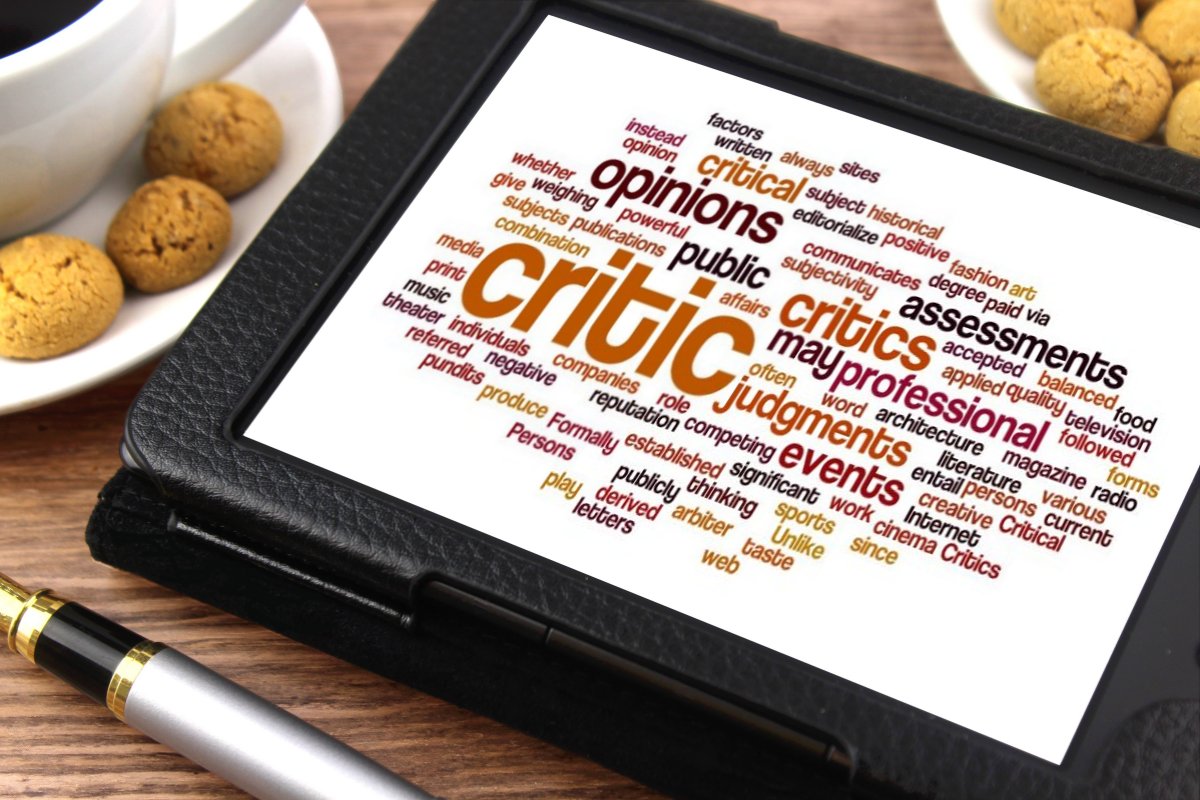In almost every traditional storytelling scheme, there is a constant brawl between the right and wrong, the good and evil that is portrayed through a valiant hero eventually victorious over a malevolent villain. The portrayal between heroes and villains continues to be manifested in countless stories, but there are a few questions that can be drawn regarding this universal theme. Taking a step back, what really constitutes a hero, and what constitutes a villain? Are heroes always ‘good,’ and are villains always ‘bad’? As a child, that was the notion we all believed in. But more recently, the line between heroes and villains seems to be fading away and taking a twist. Suddenly, more villains are becoming more beloved and appealing to viewers as many begin to show empathy for the antagonists. But why are more people starting to sympathize more with the villain?
Traditionally, villains are created to have one sole purpose: to seek havoc in an orderly world. They are often the most prominent archetype of evil. By definition, a villain is defined as one “who opposes the hero,” or in other words, goes against the world. While the hero is backed by all to save the world, the villain fights back, often alone and without much support. It’s more interesting to find that a villain is also defined as “one blamed for a particular evil or difficulty.” The word blamed raises another interesting perspective to ponder; are some villains simply the scapegoats of society?
Take Anakin Skywalker, more commonly known as Darth Vader from Star Wars, as an example. Once prophesied to be one of the greatest fighters of the Jedi force (the protagonists), Darth Vader gradually falls into the dark forces with a mix of fear, anger, and lures from Emperor Palpatine and others. He eventually grows into power with the Dark forces to become the Sith Lord, the highest commander of the Siths, who are the antagonists of the movie. As a typical ‘hero-to-villain’ character, Vader is often portrayed with signs of self-hatred, regretting over his past decisions after seeing the person he has developed into. But is he truly evil or rather broken? This is where the audience decides either to sympathize with the villain, or count him off as a purely vile, immoral soul. Plagued with internal conflicts of losing his loved ones and attaining power for himself, Vader’s motivations behind his ‘villainous’ actions often aid him in becoming much more relatable to the audience, contributing to the large amount of empathy for his character.
In fact, the directors of Star Wars stress this message out in one of the most well-known scenes of all Star Wars movies: the last moments of Darth Vader’s life. At this time, Darth Vader reverts to his past, compassionate self once more as Anakin Skywalker to save his son, Luke Skywalker. However, he ultimately dies in his son’s arms after doing so. For that short moment, the viewers are able to see the humane side of Darth Vader that was lost for years as he transitioned to a villain.
This multifaceted portrayal of Darth Vader places him above a ‘typical’ villain, resulting in an emotional response from viewers. Some may even forgive Vader’s actions for his harsh past, ultimately sympathizing with the villain. In fact, many even regard him as the greatest villain of all time. A reviewer from CBR expressed that “[Darth Vader’s] journey of becoming who he was as a person, not according to others’ expectations, also resonates with audiences, making him the best villain of all time.”
Many other modern movies have recently developed more sympathetic villains, such as Loki, Thanos, or (controversially) The Joker. Perhaps viewers tend to sympathize with villains because their backstories illustrate the complexities of human nature when exploring the motivations and struggles of these villains. In the end, a story isn’t complete without an antagonist, and there would be no such hero if there were no villains to defeat and save the world. Of course, sympathizing for a villain is different from completely justifying their wrongdoings, but it’s worth acknowledging that characters, even those portrayed as evil, are intricate and multi-dimensional. By simply viewing characters superficially, a character could seem as a worldly hero to one viewer while seeming as the greatest villain to another.
In other words, be careful who you call the villain, because they may easily be the hero to another person.













































































































































